Nuclear Power Deserves A Level Playing Field
by Arthur T. Motta

A message from NAC International
NAC International Showcases Capabilities as Supplier for SMR and AR Developers
by Arthur T. Motta
https://www.youtube.com/watch?v=KbxHk7go7UU
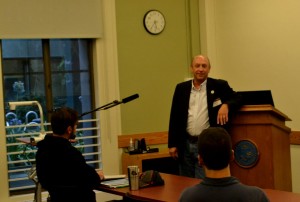
ANS President Andy Klein speaks to students at the Bootcamp
I had a chance to meet with the students at the Nuclear Innovation Bootcamp at the University of California, Berkeley, on August 10. We talked about the importance of nuclear energy, the value of membership in the American Nuclear Society (ANS) (I noted that most of the approximately 40 people in attendance already are ANS members), and the challenges to nuclear plant construction and operation. We also noted the successes in New York to include nuclear in their Clean Energy Standard and the announcement of the resulting important planned sale of the FitzPatrick plant to Exelon.
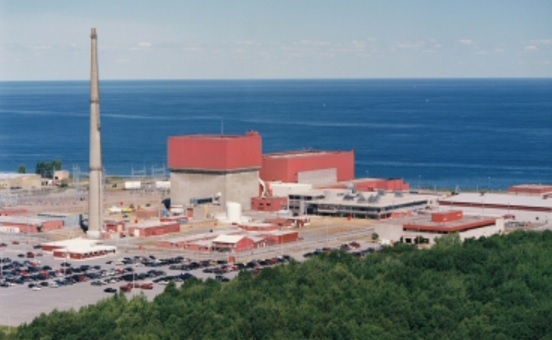
James A. FitzPatrick Nuclear Plant; courtesy Entergy Nuclear
In what may well prove to be a historic deal, Exelon announced this morning (August 9) that it had agreed in theory to purchase the James A. FitzPatrick nuclear station in upstate New York from its present owner, Entergy. This ends a long period of anguished waiting and watching, which began in February when Entergy announced it intended to close the plant and which was brought to a high level of tension in July when it was revealed that Exelon was examining purchasing the plant.
More than a year after the P5+1 and Iran agreed to the terms of the Iran nuclear deal, the debate in the U.S. over the deal's implementation is far from over. In recent months, part of that debate has been focused on what should be done about Iran's stockpile of heavy water. The ongoing controversy offers an opportunity to discuss the provisions in the deal regarding the country's heavy water program and to provide some context for the role of heavy water in the history of nuclear proliferation.
Watch today's Friday Nuclear Matinee: A discussion regarding the big decision in NY on Monday, August 1, 2016 allowing nuclear to qualify for subsidies.
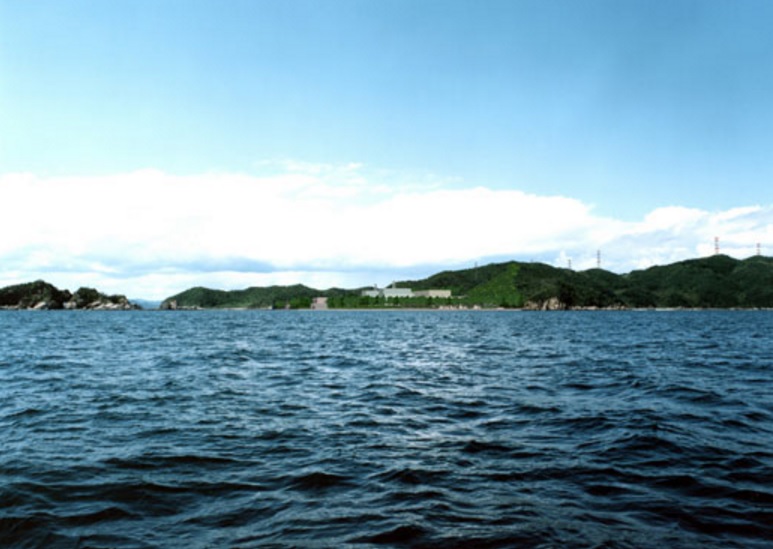
Sea view of prospective Kaminseki Nuclear Power Plant, courtesy Chugoku Electric Power Company.
Some positive news for nuclear energy in Japan this week, related to the continued operation of older nuclear plants and even the construction of new ones.
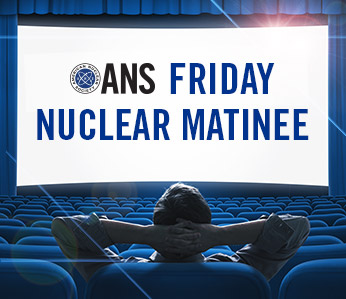
Our feature this week is the very latest update from Georgia Power on the construction of the brand new nuclear units at Plant Vogtle. Some excellent aerial views are given of the plant, including down into the reactor building of Unit 3. Don't miss this important update!
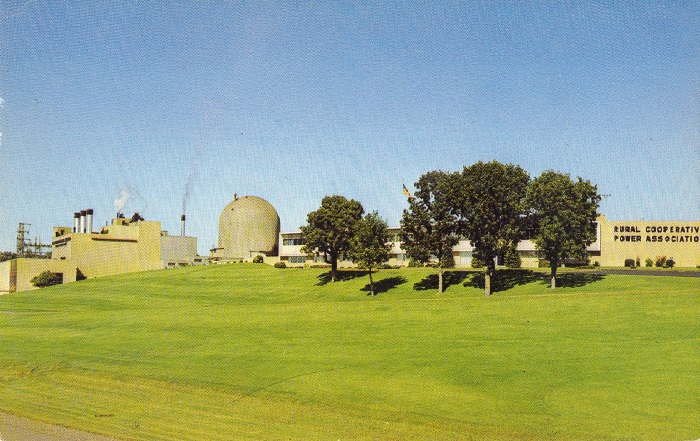
Elk River Generating Station, Rural Cooperative Power Association, Elk River, Minnesota.
The Elk River reactor, as it was generally known in the AEC parlance of the day, was a pioneering effort in America's nuclear energy history. Hailed widely as "Rural America's first atomic power plant," the intention was to provide a pilot installation of a small, simple, and inexpensive nuclear steam supply system that could be duplicated at many far flung locations. Unfortunately for the concept, the Elk River plant in the end proved unable to meet the task for technical reasons; yet, it remains firmly in history as one of the well known early nuclear energy installations. What follows is a brief history of the project and its major players.
by Andrew Reimers
On Wednesday, ANS Nuclear Cafe published a piece on Small Modular Reactors. Today, we present a short video covering some of the progress on Argentina's CAREM SMR, which was featured some time ago right here on this blog when the project to build it was launched.
As of this year, more and more developing nations around the world are actively considering nuclear power as a practical energy solution. Taking into account the looming depletion of fossil fuels and rapidly worsening impacts of climate change, the benefits of nuclear are becoming harder to ignore - as a safe, reliable and carbon-free source of energy, it's a viable path to growth for nations grasping at the chance of a sustainable future.
In recent years the allure of small, flexible, easy to construct and operate nuclear plants incorporating small modular reactors (SMR) have continued to grow for a host of reasons. Here in the United States, we've watched the saga of the SMR unfold fairly slowly over the last few years, as companies have entered the fray to various levels of success and have achieved varied degrees of progress.* Now, the latest large step in getting these small and versatile reactors into the worldwide commercial market has been taken - by an effort involving Saudi Arabia and South Korea.

Kansai Electric Power's Takahama Nuclear Generating Station. Unit 1 and 2 are on the right; Units 3 and 4 are in the background on the left. Courtesy Kansai Electric Power.
On July 12, the Otsu District Court in Japan made a significant decision regarding the future of Kansai Electric Power's Takahama nuclear station when it upheld a previous lower court injunction against the operation of Units 3 and 4 at that site. The district court had received a petition from just over two dozen intervenors in Shiga Prefecture earlier this year; legal wrangling ensued, with Kansai Electric filing an objection which ultimately today appears to have fallen on deaf ears. As it now stands, there is a provisional injunction against the startup of these two plants.
I recently had a conversation with Jessica Lovering about her article, "Historical Construction Costs of Global Nuclear Power Reactors," and the subsequently published replies to that article written by various authors, including Professors Jonathan Koomey and Benjamin Sovacool.
by Will Davis; information for this report obtained both from the 2016 ANS Annual Meeting session on Prototype Gen-IV Reactors and from representatives of the Korea Atomic Energy Research Institute (KAERI), its subsidiary Sodium-cooled Fast Reactor Development Agency (SFRA), KEPCO Engineering & Construction,+ and Argonne National Laboratory.
The year 2015 has gone down as the hottest year on record, thanks to the closing of nuclear power plants.

Perkins Nuclear Station layout as depicted in "Design Data and Safety Features of Commercial Nuclear Power Plants, Vol IV," Oak Ridge Nat'l Labs/Nuclear Safety Information Center, March 1975.
It is a common myth today that all of the nuclear plants historically ordered in the United States were unique, custom design and construction jobs. Many of the plants were built from standardized design drawings developed by established architect-engineer (A-E) firms in order to ease the work load and speed up progress on individual projects. In such cases, standard nuclear plant drawings were the basis for any given project the A-E took on.Over time, incremental changes were made in the drawings and of course customer-specific and site-specific changes needed to be made, as well as specific adaptations for the make of nuclear steam supply system (NSSS) ordered by the customer. Stone & Webster as well as Sargent & Lundy were just two of the A-E firms that developed and used standard drawings, leading to there being a number of very similar nuclear plants in different places, built for different owners. Some projects, however, were even more repetitive than these.
Opinion by Will Davis for ANS Nuclear Cafe.